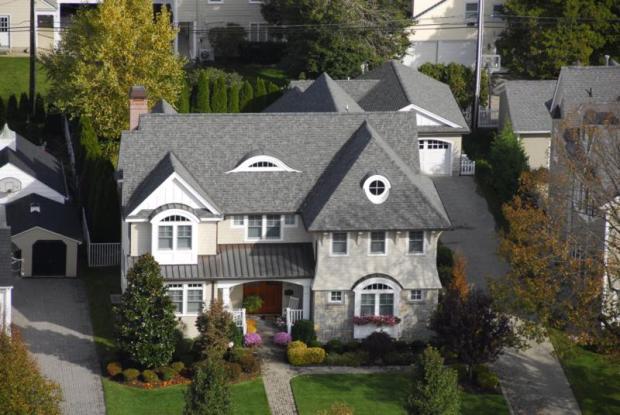Refinance Your Home
See if We Have Top-Rated
Home Contractors in Your Area

For homeowners with mortgage rates that are 1.5 to 2.0 percent higher than current prevailing rates, refinancing can reduce their current monthly payments.
Some homeowners may refinance a home to switch into a different mortgage product. For example, homeowners with adjustable rate mortgages may refinance to get into a more stable fixed-rate mortgage, especially if interest rates are low.
| QUICK TIP: | For homeowners with mortgage rates that are 1.5-2.0% higher than current prevailing rates, refinancing can reduce their current monthly payments. |
Some homeowners may also refinance to take cash out for home improvement, college education, auto buying, and other. They will refinance at a higher value to repay their existing mortgage loan and take cash out of their home equity for expenditures.
Change the look and feel of your home! Use this link for a Category |
Is it Beneficial to Refinance?
Whether or not it's beneficial for you to refinance will depend on prevailing interest rates, costs to refinance, the expected length of stay in your home, among other factors.
Refinancing will also require the same steps as when you purchase a home, except for the presence of a seller.
You hear a lot about refinancing your home mortgage when rates are falling. But did you know that the cost to refinance can be very expensive?
Think back to the day you closed on your existing home. Remember those excessive closing and filing fees you had to come up with? Many of those similar closing costs may be charged again when you refinance, such as:
- Mortgage Points
- Attorney Fees
- Appraisal And Inspection Fees
- Title Search And Insurance Fees
- Document Preparation
Refinance vs. Home Equity
How about using the existing equity in your home to pay off your mortgage? Let's illustrate an example.
Say your existing home has an estimated market value of $250,000 and the amount remaining on your first mortgage loan is $150,000.
Instead of refinancing and paying all of those up-front closing costs, how about doing something like this:
| Estimated Market Value: | $250,000 | $250,000 | $250,000 |
| Percentage LTV: | 70% | 80% | 90% |
| Percentage of Market Value: | $175,000 | $200,000 | $225,000 |
| Amount to Pay Off Your Mortgage Debt | $150,000 | $150,000 | $150,000 |
| Remaining Equity: | $25,000 | $50,000 | $75,000 |
You will find that most banks charge zero closing costs with minimal hassle. You simply apply for a home equity loan with a participating lender and instruct the lender to use the equity in your home to pay off your mortgage.
Note that interest rates at 80 percent LTV or lower for large borrowing amounts come with very attractive rates. And many lenders offer up to 15-, 20- and, in some cases, 30-year repayment plans.
You can even use your excess home equity to:
- Remodel your home
- Finance a new car, truck or recreational vehicle
- Consolidate your loans
- Send your child to college
Courtesy of SayLending.com
More Tips & Advice For Your Home
- Related Articles
- Recent Articles

